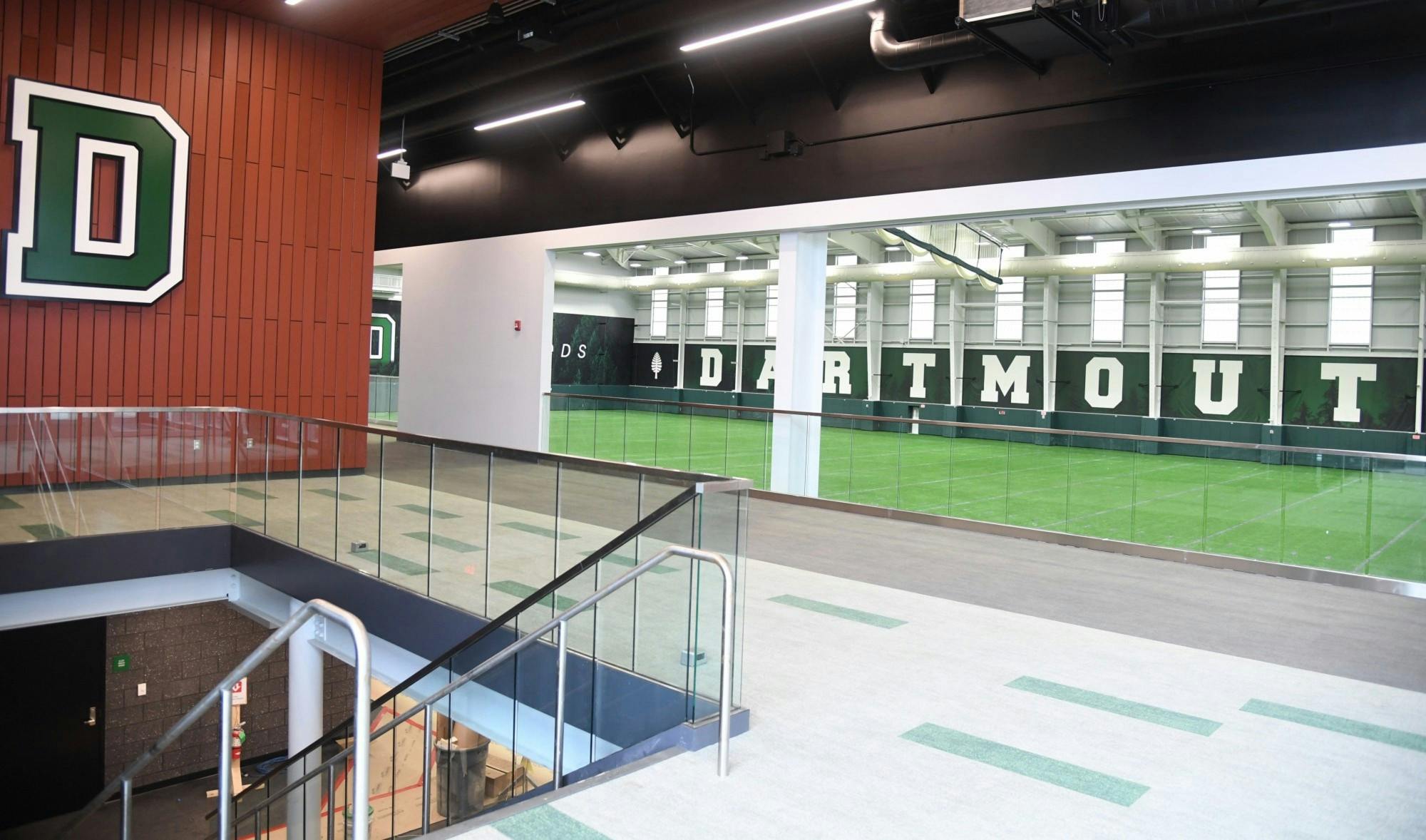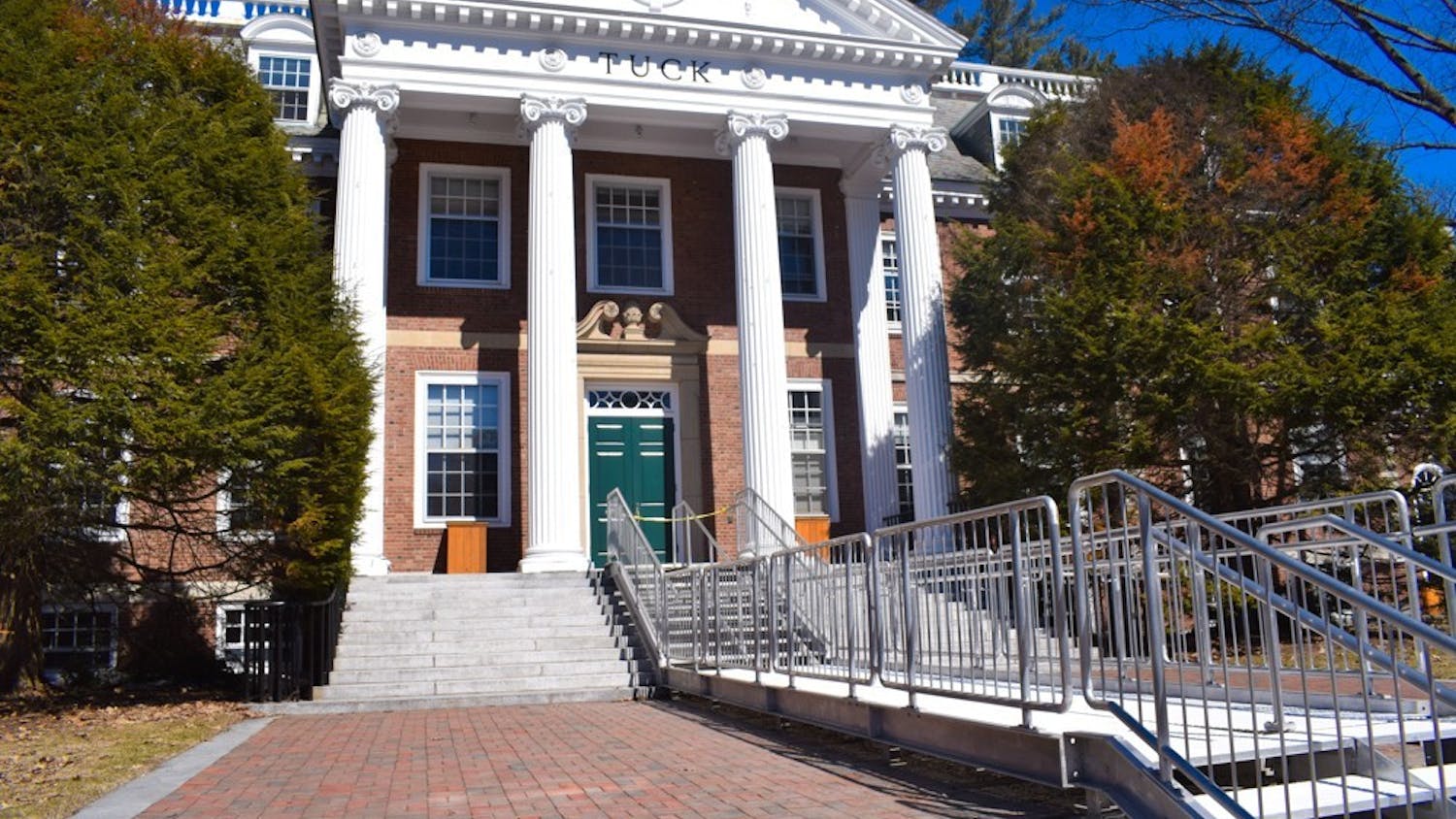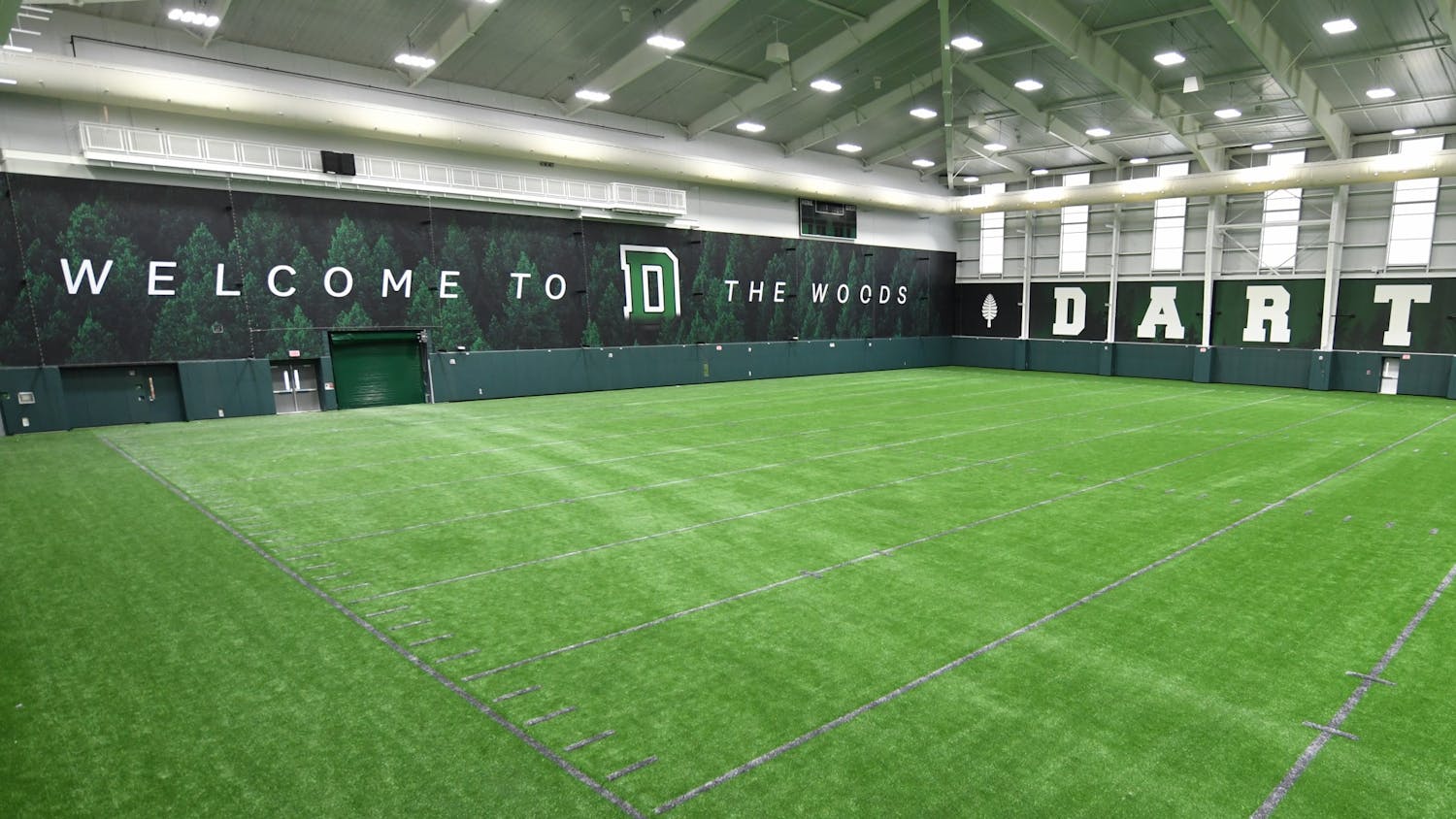On Wednesday, the College notified student-athletes that it had canceled all in-person athletic activities due to a spike in COVID-19 cases on campus. As of Monday’s COVID-19 dashboard update, there were 122 active cases among students — over quadruple the number of cases reported as the surge was first recorded on Wednesday.
Interim athletics director Peter Roby notified the athletic community of the decision to indefinitely postpone in-person athletic activities in a Wednesday email.
“This is being done to facilitate any campus-wide contact tracing efforts and to ensure that we cast a wide enough net to properly safeguard student-athletes, coaches and staff from potential exposure,” Roby wrote.
According to head athletic trainer Ben Schuler, the decision to pause sports practices was made in consultation with the College’s COVID-19 task force.
“We got together and thought about if we’re closing some indoor spaces and only having grab-and-go lunches or meals from [the Class of 1953 Commons], it may not be the best idea to continue with athletic activity until we really have a good sense of what’s going on,” Schuler said.
This news came as a disappointment for many student-athletes. Following the mandatory quarantine for students on campus, athletic practices resumed on Jan. 26. Since then, teams have been practicing under the athletic department’s COVID-19 guidelines, moving from small training pods to small group practice sessions. Despite the restrictions, student-athletes were glad to be back training with their teammates.
Men’s basketball player Taurus Samuels ’22 said he enjoyed the normalcy of team practices but expressed doubt over the resumption of in-person practices for the remainder of the winter term.
“Once I saw [the emails], I [was] like, ‘We’re definitely done,’” Samuels said. “It’s already in week eight; I wouldn’t be surprised if they just canceled everything for the rest of the term.”
The pause in athletic practices has been especially difficult for student-athletes whose teams were reinstated last month. Men’s lightweight rowing, men’s and women’s golf and men’s and women's swimming and diving had been unable to hold official practices since they were cut in July and had only just returned to team activities last week. Although competition was canceled for the winter and spring seasons in the Ivy League, team training was a step toward an eventual return.
“We were looking forward to enjoying our reinstatement and finally getting together as a team for the first time in seven months,” said men’s diver Kyle Schubert ’23. “It’s unfortunate that we’re not able to enjoy it together, but of course we’re still happy that we now exist. And we all understand why everything shut down given the circumstances, but it is a little disappointing.”
While athletic practices remain on pause, teams have found other ways to work out and spend time together. With no projected date to resume practices, many student-athletes have focused on at-home workouts provided by the strength and conditioning staff.
Other teams looked to outdoor activities to spend time as a team prior to the return to phase two of quarantine on Saturday. Samuels said that the basketball team went ice skating together over the weekend.
As student-athletes enter week nine of winter term amid the ongoing outbreak, the prospect of a return to in-person practices before the end of the term appears unlikely.
“If Dartmouth says, ‘Yeah, we can go back and get access to certain facilities with these restrictions,’ then great. If we’re not allowed, then we'll support our guys the best we can without being in the gym with them,” said men’s basketball coach David McLaughlin.
The College has not yet announced additional changes to spring term athletic procedures. The Ivy League had previously canceled all league competition during spring, with local competition possibly allowed if public health conditions permit.
“We’re still planning on resuming athletic activity in the spring, the same way we’ve been able to resume athletic activity in the fall and winter,” Schuler said. “We’re just going to have to assess where we are when students arrive for spring term, go through any sort of campus mandated quarantine procedures and then see what is our best path forward to athletic activity.”
For now, athletes and coaches will continue to adapt to practice restrictions as best as they can.
“You just don’t know what it’s going to bring, so you have to take it really day by day,” McLaughlin said.




